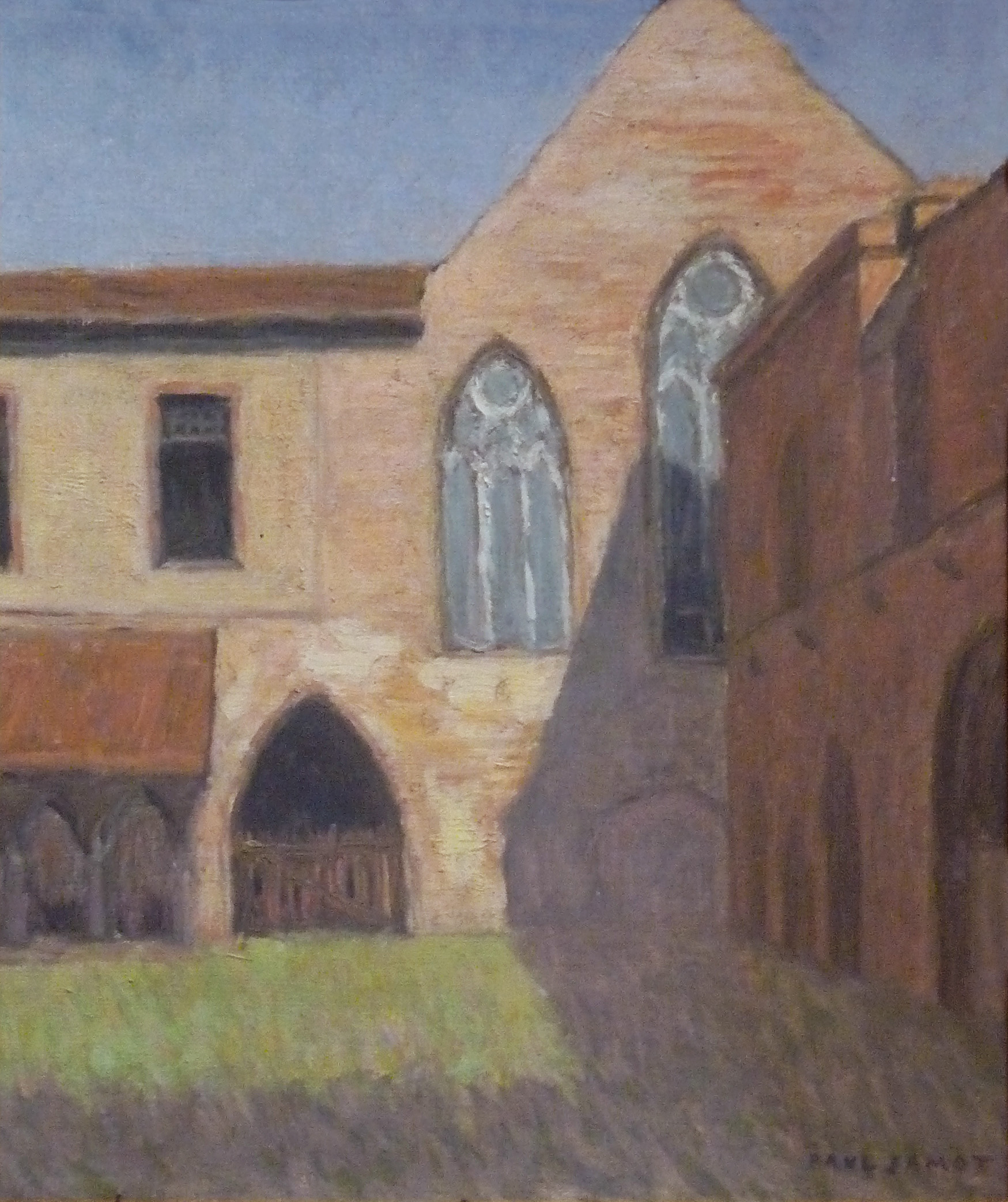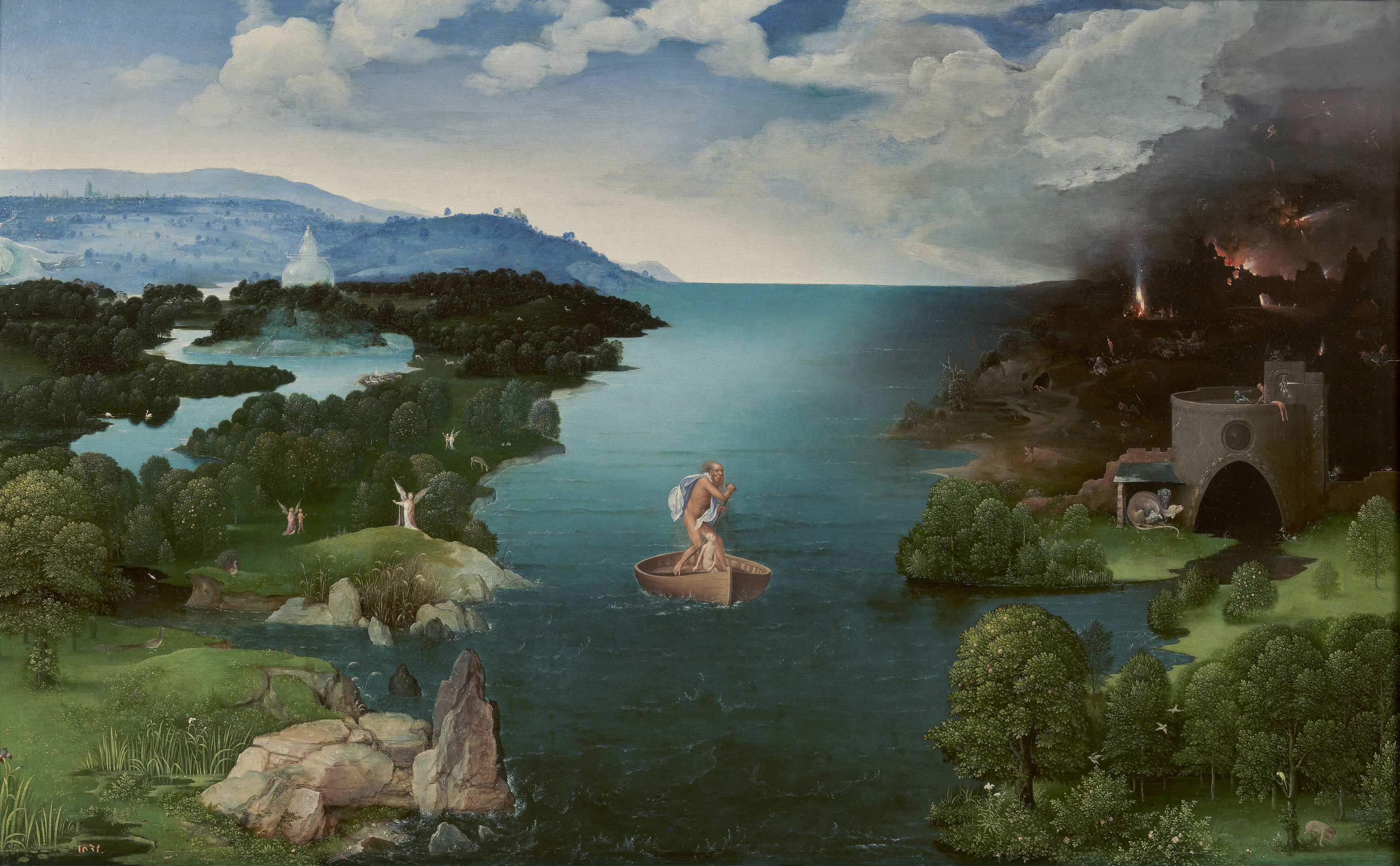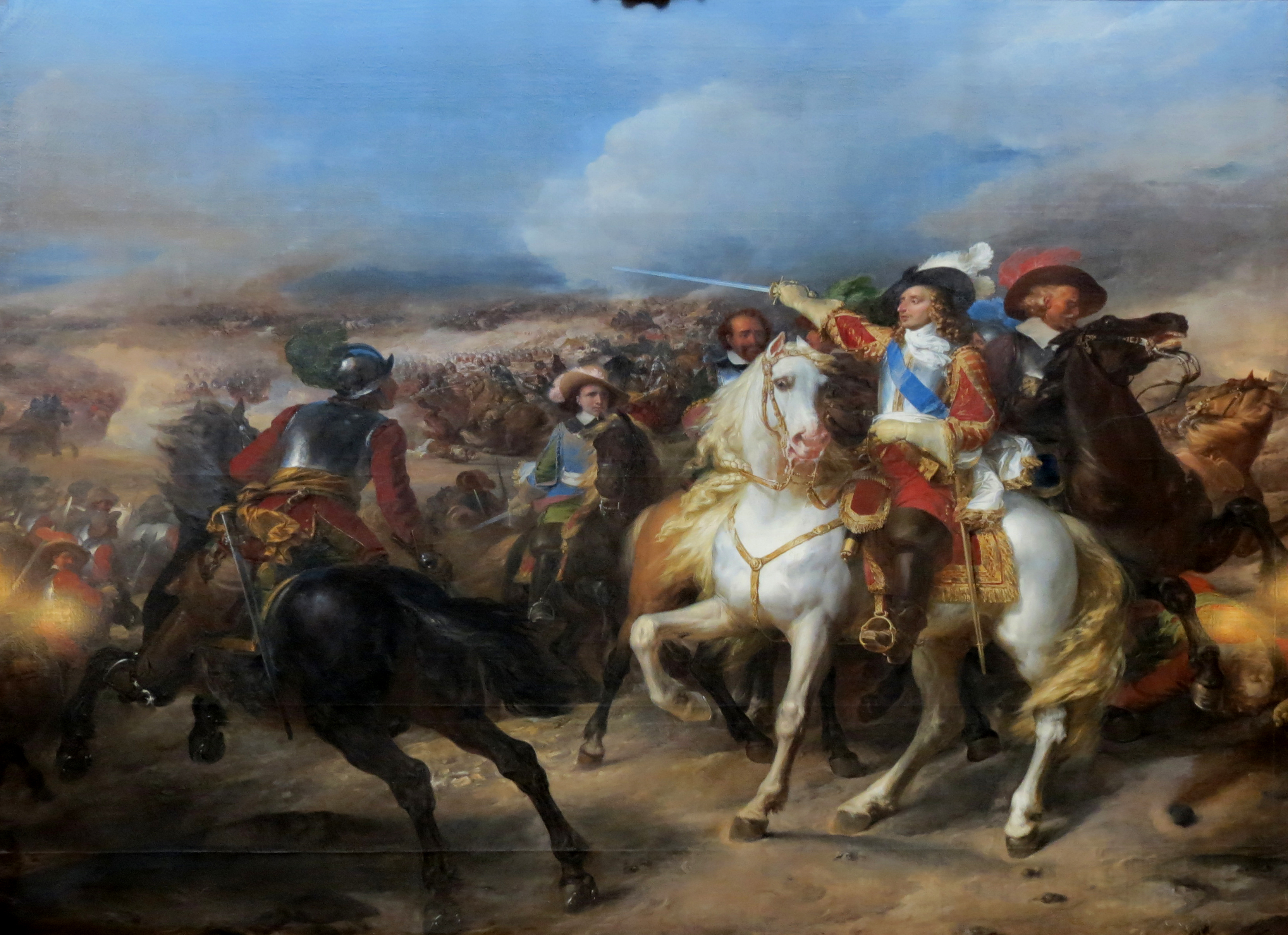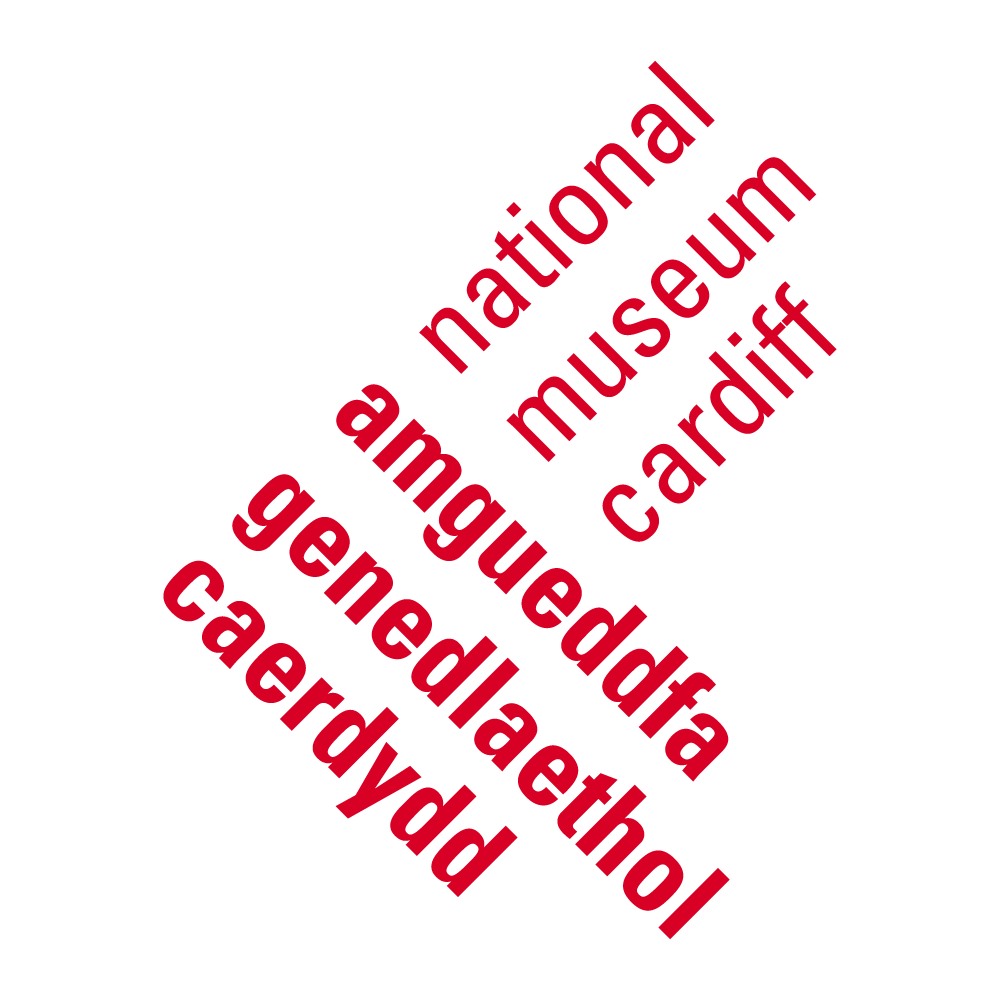|
The Funeral Of Phocion
''The Funeral of Phocion'' is a 1648 landscape painting, also known as ''The Burial of Phocion'', ''Landscape with the Funeral of Phocion'' and ''Landscape with the Body of Phocion Carried out of Athens'', by the French artist Nicolas Poussin. Phocion was an Athenian statesman from the 4th century BC. Three versions of the painting are known. These are now housed in The Louvre, Paris; National Museum Cardiff and the collections of the Glass House in New Canaan, Connecticut, United States. File:Nicolas Poussin - The Burial of Phocion - PJGH GlassHouse04.jpg, Glass House version File:Nicolas Poussin - The Burial of Phocion.jpg, Louvre version In the same year Poussin painted a companion piece to ''The Funeral of Phocion'', ''Landscape with the Ashes of Phocion''. References Further reading Paul Jamot, "Poussin's Two Pictures of the Story of Phocion" in ''The Burlington Magazine for Connoisseurs ''The Burlington Magazine'' is a monthly publication that covers the fine and dec ... [...More Info...] [...Related Items...] OR: [Wikipedia] [Google] [Baidu] |
Nicolas Poussin
Nicolas Poussin (, , ; June 1594 – 19 November 1665) was the leading painter of the classical French Baroque style, although he spent most of his working life in Rome. Most of his works were on religious and mythological subjects painted for a small group of Italian and French collectors. He returned to Paris for a brief period to serve as First Painter to the King under Louis XIII and Cardinal Richelieu, but soon returned to Rome and resumed his more traditional themes. In his later years he gave growing prominence to the landscape in his paintings. His work is characterized by clarity, logic, and order, and favors line over color. Until the 20th century he remained a major inspiration for such classically-oriented artists as Jacques-Louis David, Jean-Auguste-Dominique Ingres and Paul Cézanne. Details of Poussin's artistic training are somewhat obscure. Around 1612 he traveled to Paris, where he studied under minor masters and completed his earliest surviving works ... [...More Info...] [...Related Items...] OR: [Wikipedia] [Google] [Baidu] |
Paul Jamot
Paul Jamot (22 December 1863 – 13 December 1939) was a French painter, art critic and museum curator. Biography An École normale supérieure alumni, Paul Jamot was a member of the French School at Athens (1887). He explored Argos and the valley of the Spercheios. He led the excavations in the valley of the Muses in Thespies between 1888 and 1891. He collected many inscriptions including that of the so-called stele of Hesiod. He published a travelogue: ''En Grèce avec Charalambos Eugénidis''. He became curator of national museums, a member of the Institute of France, commandeur of the Legion of Honour, honorary curator of the Louvre, Reims museum director from 1927 to 1939. He bequeathed to the city a rich collection of paintings, represented by Corot, Carpeaux, Courbet, Delacroix, Maurice Denis, Forain, Ingres, Picasso, Renoir, etc. and of valuable objects, as well as to the musée du Louvre, the musée du Luxembourg and the Carnavalet Museum. A room of the musée d� ... [...More Info...] [...Related Items...] OR: [Wikipedia] [Google] [Baidu] |
Paintings About Death
Painting is the practice of applying paint, pigment, color or other medium to a solid surface (called the "matrix" or "support"). The medium is commonly applied to the base with a brush, but other implements, such as knives, sponges, and airbrushes, can be used. In art, the term ''painting ''describes both the act and the result of the action (the final work is called "a painting"). The support for paintings includes such surfaces as walls, paper, canvas, wood, glass, lacquer, pottery, leaf, copper and concrete, and the painting may incorporate multiple other materials, including sand, clay, paper, plaster, gold leaf, and even whole objects. Painting is an important form in the visual arts, bringing in elements such as drawing, Composition (visual arts), composition, gesture (as in gestural painting), narrative, narration (as in narrative art), and abstraction (as in abstract art). Paintings can be naturalistic and representational (as in still life and landscape art, lands ... [...More Info...] [...Related Items...] OR: [Wikipedia] [Google] [Baidu] |
Landscape Paintings
Landscape painting, also known as landscape art, is the depiction of natural scenery such as mountains, valleys, trees, rivers, and forests, especially where the main subject is a wide view—with its elements arranged into a coherent composition. In other works, landscape backgrounds for figures can still form an important part of the work. Sky is almost always included in the view, and weather is often an element of the composition. Detailed landscapes as a distinct subject are not found in all artistic traditions, and develop when there is already a sophisticated tradition of representing other subjects. Two main traditions spring from Western painting and Chinese art, going back well over a thousand years in both cases. The recognition of a spiritual element in landscape art is present from its beginnings in East Asian art, drawing on Daoism and other philosophical traditions, but in the West only becomes explicit with Romanticism. Landscape views in art may be ent ... [...More Info...] [...Related Items...] OR: [Wikipedia] [Google] [Baidu] |
Paintings In The Collection Of The Glass House
Painting is the practice of applying paint, pigment, color or other medium to a solid surface (called the "matrix" or "support"). The medium is commonly applied to the base with a brush, but other implements, such as knives, sponges, and airbrushes, can be used. In art, the term ''painting ''describes both the act and the result of the action (the final work is called "a painting"). The support for paintings includes such surfaces as walls, paper, canvas, wood, glass, lacquer, pottery, leaf, copper and concrete, and the painting may incorporate multiple other materials, including sand, clay, paper, plaster, gold leaf, and even whole objects. Painting is an important form in the visual arts, bringing in elements such as drawing, composition, gesture (as in gestural painting), narration (as in narrative art), and abstraction (as in abstract art). Paintings can be naturalistic and representational (as in still life and landscape painting), photographic, abstract, narrative, ... [...More Info...] [...Related Items...] OR: [Wikipedia] [Google] [Baidu] |
Paintings In The Collection Of National Museum Cardiff
Painting is the practice of applying paint, pigment, color or other medium to a solid surface (called the "matrix" or "support"). The medium is commonly applied to the base with a brush, but other implements, such as knives, sponges, and airbrushes, can be used. In art, the term ''painting ''describes both the act and the result of the action (the final work is called "a painting"). The support for paintings includes such surfaces as walls, paper, canvas, wood, glass, lacquer, pottery, leaf, copper and concrete, and the painting may incorporate multiple other materials, including sand, clay, paper, plaster, gold leaf, and even whole objects. Painting is an important form in the visual arts, bringing in elements such as drawing, composition, gesture (as in gestural painting), narration (as in narrative art), and abstraction (as in abstract art). Paintings can be naturalistic and representational (as in still life and landscape art, landscape painting), Photoreal ... [...More Info...] [...Related Items...] OR: [Wikipedia] [Google] [Baidu] |
Paintings In The Louvre By French Artists
Painting is the practice of applying paint, pigment, color or other medium to a solid surface (called the "matrix" or "support"). The medium is commonly applied to the base with a brush, but other implements, such as knives, sponges, and airbrushes, can be used. In art, the term ''painting ''describes both the act and the result of the action (the final work is called "a painting"). The support for paintings includes such surfaces as walls, paper, canvas, wood, glass, lacquer, pottery, leaf, copper and concrete, and the painting may incorporate multiple other materials, including sand, clay, paper, plaster, gold leaf, and even whole objects. Painting is an important form in the visual arts, bringing in elements such as drawing, composition, gesture (as in gestural painting), narration (as in narrative art), and abstraction (as in abstract art). Paintings can be naturalistic and representational (as in still life and landscape painting), photographic, abstract, narrati ... [...More Info...] [...Related Items...] OR: [Wikipedia] [Google] [Baidu] |
1648 Paintings
1648 has been suggested as possibly the last year in which the overall human population declined, coming towards the end of a broader period of global instability which included the collapse of the Ming dynasty and the Thirty Years' War, the latter of which ended in 1648 with the Peace of Westphalia. Events January–March * January 15 – Manchu invaders of China's Fujian province capture Spanish Dominican priest Francisco Fernández de Capillas, torture him and then behead him. Capillas will be canonized more than 350 years later in 2000 in the Roman Catholic Church as one of the Martyr Saints of China. * January 15 – Alexis, Tsar of Russia, marries Maria Miloslavskaya, who later gives birth to two future tsars (Feodor III and Ivan V) as well as Princess Sophia Alekseyevna, the regent for Peter I. * January 17 – By a vote of 141 to 91, England's Long Parliament passes the Vote of No Addresses, breaking off negotiations with King Charles I ... [...More Info...] [...Related Items...] OR: [Wikipedia] [Google] [Baidu] |
The Burlington Magazine
''The Burlington Magazine'' is a monthly publication that covers the fine and decorative arts of all periods. Established in 1903, it is the longest running art journal in the English language. It has been published by a charitable organisation since 1986. History The magazine was established in 1903 by a group of art historians and connoisseurs which included Roger Fry, Herbert Horne, Bernard Berenson, and Charles Holmes. Its most esteemed editors have been Roger Fry (1909–1919), Herbert Read (1933–1939), and Benedict Nicolson (1948–1978). The journal's structure was loosely based on its contemporary British publication '' The Connoisseur'', which was mainly aimed at collectors and had firm connections with the art trade. ''The Burlington Magazine'', however, added to this late Victorian tradition of market-based criticism new elements of historical research inspired by the leading academic German periodicals and thus created a formula that has remained almost intact to ... [...More Info...] [...Related Items...] OR: [Wikipedia] [Google] [Baidu] |
Landscape With The Ashes Of Phocion
''Landscape with the Ashes of Phocion'' is a 1648 painting, also known as ''Landscape with the Ashes of Phocion (Collected by His Widow)'' and ''The Ashes of Phocion Collected by his Widow'', by French artist Nicolas Poussin. Phocion was an Athenian statesman from the 4th century BC. "It is a picture about exile. Phocion, an Athenian general, was falsely condemned and executed, and his unburied corpse banished, and taken to the outskirts of Megara where it was burnt. At the very front his faithful widow gathers up his ashes. Her servant keeps look out. And the outcasts are placed directly below the mighty nucleus of temple-rock-cloud. But nothing in the scene indicates that the civilisation from which they're excluded is itself evil, corrupt or doomed, that they're well out of it. No, their exile from the good life is sheer tragedy. The majestic symphony of the city continues undiminished." The painting is housed at the Walker Art Gallery, part of the National Museums Liverpool ... [...More Info...] [...Related Items...] OR: [Wikipedia] [Google] [Baidu] |
National Museum Cardiff
National Museum Cardiff ( cy, Amgueddfa Genedlaethol Caerdydd) is a museum and art gallery in Cardiff, Wales. The museum is part of the wider network of Amgueddfa Cymru – National Museum Wales. Entry is kept free by a grant from the Welsh Government; however, they do ask for donations throughout the museum. History The National Museum of Wales was founded in 1905, with its royal charter granted in 1907. Part of the bid for Cardiff to obtain the National Museum for Wales included the gift of the Cardiff Museum Collection, then known as "Welsh Museum of Natural History, Archaeology and Art," which was formally handed over in 1912. The Cardiff Museum was sharing the building of Cardiff Library, and was a sub-department of the library until 1893. Construction of a new building in the civic complex of Cathays Park began in 1912, but owing to the First World War it did not open to the public until 1922, with the official opening taking place in 1927. The architects were Arnold D ... [...More Info...] [...Related Items...] OR: [Wikipedia] [Google] [Baidu] |








